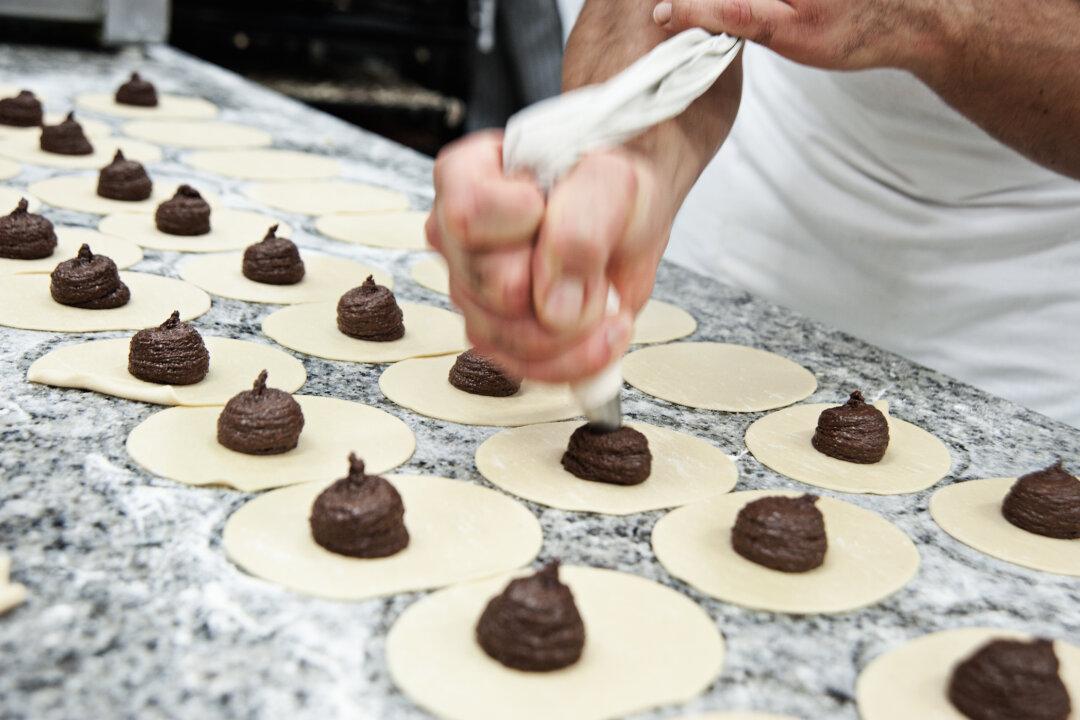Thousands of Italian desserts feature nuts, which grow in every region of the country. There are nut-flavored granitas, gelatos, and semifreddos, as well as countless classic nut-cakes, like the famed pine nut-coated torta della nonna, or “Grandmother’s cake,” and spongata, a honey-rich specialty of Emilia-Romagna filled with almonds and walnuts, whose recipe was first written down in the 14th century.
Many Italian nuts are so unique to the area where they grow that they have been granted special government protection.




